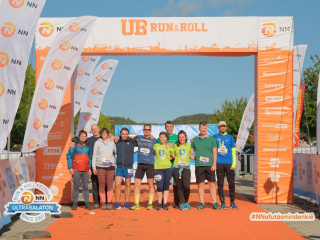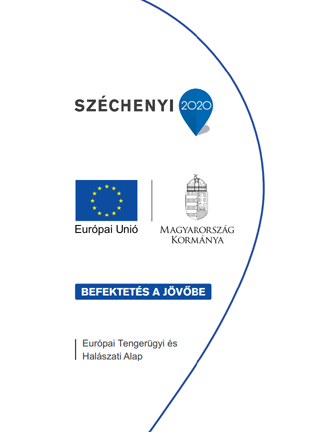Feeding Behaviour of the Pikeperch into Tanks from Recirculating Aquaculture Systems
Adrian Grozea1,2, Alexandru Draşovean1, Dacian Lalescu1, Dénes Gál2
1Banat’s University of Agricultural Sciences and Veterinary Medicine „King Michael I of Romania” from Timişoara, Timisoara, Romania
2National Agricultural Research and Innovation Centre, Research Institute of Fisheries and Aquaculture, Szarvas, Hungary
Abstract
Pikeperch (Sander lucioperca) is a fresh water fish species that offer good prospects for European aquaculture. Anyway, therearing technology of this species in recirculating aquaculture systems (RAS) is still not optimized, the information focused on feeding behaviour of this species in RAS being sparse. The aim of this study was to carry out a “round the clock” behaviour study regarding pikeperch distribution into the rearing tank,linked with their feeding activity during 24 hours. Eighty-five fish with an average weight of 117.40±3.14 g were monitored into a rectangular tank (1.5 × 1.5 × 0.7 m), part of a recirculating aquaculture system (RAS).After three days of accommodation, the fish behaviour was recorded continuously for 10 days, using a cam recorder connected to a PC unit through a capture card. Hourly snapshots were captured from the movie, archived and used for statistical analyses. Each snapshot was used for observation and counting of the fish distribution into the four quadrants of the tank. The quadrants were obtained by splitting the tank image with two lines from the opposite corners. The quadrants were marked in clockwise direction from 1 to 4, the first one being with the feeder (C1).The pikeperch spreading into rearing tank was deeply influenced by the position of the belt feeder. The observations made on entire experimental period (10 days) revealed that first quadrant (C1) was preferred by the largest number of fish 38.81±0.89 (45.66%). In the other quadrants, the number of the fish was significantly lower (p<0.001) than in C1. Therefore, the volume of the tank could be better used, and a higher biomass of fish could be reared and fed in the same tank if the feeding line is extended by adding a second feeder on the opposite side of the first one.The fish show interest for food even during the night, at some hours being the quite similar feeding activity like during the day.Based on all observations during experimental period and the tree diagram established by Ward method,we conclude that the pikeperch could be fed continuously, 24/24 hours, this feeding strategy being in accordance with pikeperch behaviour.
Acknowledgements: The present study was partially supported by the AQUAREDPOT EU FP7 project (No: 316266), regarding the processing from the statistical point of view of the raw data obtained during this research.
Programajánló
Hírek
Tisztelt Látogatók!
A hazai agrár-felsőoktatás szükséges megújulásának mérföldköve az alapítványi fenntartású Magyar Agrár- és Élettudományi Egyetem (MATE) létrejötte, amely 2021. február 1-től 5 campuson, több mint 13 ezer hallgató számára fogja össze a dunántúli és közép-magyarországi élettudományi és kapcsolódó képzéseket. Az intézményhez csatlakozik a Nemzeti Agrárkutatási és Innovációs Központ (NAIK) 11 kutatóintézete is, így az új intézmény nem csupán egy oktatási intézmény lesz, hanem az ágazat szellemi, szakpolitikai és innovációs központjává válik, amely nagyobb mozgásteret biztosít a képzések, a gazdálkodás és szervezet modernizálásához, fejlesztéséhez. Az összeolvadással magasabb fokozatra kapcsolunk, a kutatói és egyetemi szféra szorosabban fonódik majd össze, aminek következtében még több érdekes, izgalmas kutatás-fejlesztés születhet majd az agrárium területén.
Kérjük, kövesse tevékenységünket a jövőben is a www.uni-mate.hu honlapon!
A szokásostól eltérően az idei évben ősszel, október 03-04 között került megrendezésre az Ultrabalaton csapatversenye. NAIK-os csapat az idei évben állt először rajthoz a 14. alkalommal kiírt versenyen.



